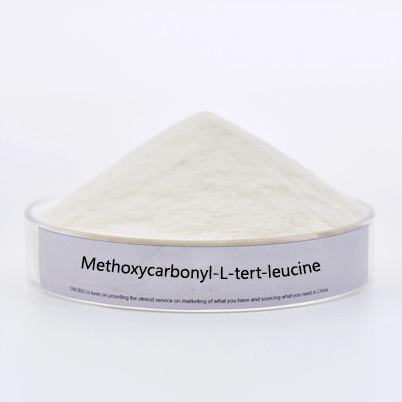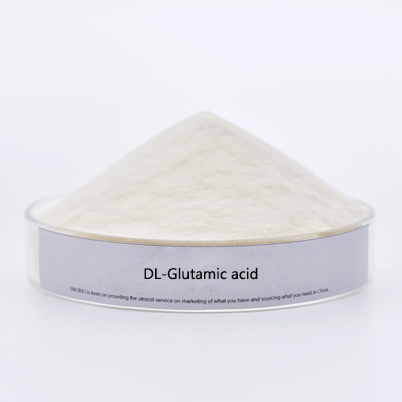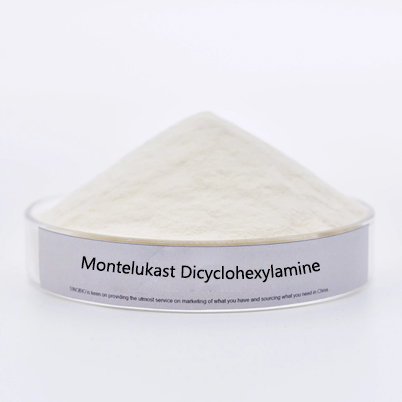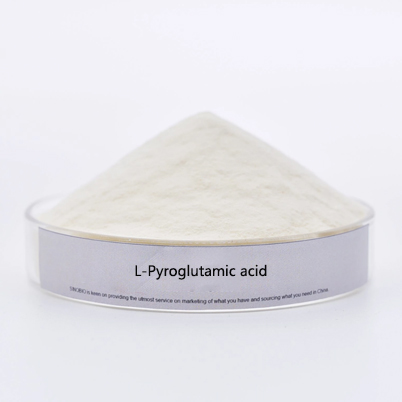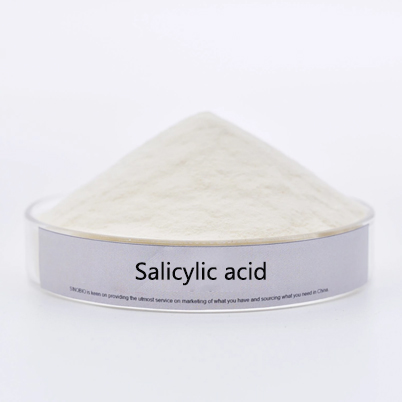- E-mail : info_medicalmarketing@jindunmedical.com
- Phone : +86 21 64057580
- Address : Shanghai China
Pregabalin - epileptic or painkiller?
Prevacid (Pregabalin, PGB)
Pregabalin is an adjunctive agent for epilepsy and a first-line agent for neuropathic pain. It also improves sleep disorders, depression, and anxiety associated with neuropathic pain. Learn the efficacy, dosage, and precautions of Pregabalin!
Pregabalin is a presynaptic voltage-gated calcium channel modulator that inhibits the calcium-dependent release of excitatory neurotransmitters by binding to the alpha2-delta subunit of voltage-dependent calcium channels in the central nervous system, thereby providing pain relief, anxiolytic and anticonvulsant effects
Pregabalin is a second-generation calcium channel modulator, with structural modifications based on gabapentin to increase the affinity for binding to the α2-δ subunit (6 times more than gabapentin), thereby reducing the excessive release of various excitatory neurotransmitters, preserving the biological activity of first-generation gabapentin, and improving its pharmacokinetic profile
Pregabalin antiepileptic
1. Adjunctive therapy for partial seizures.
(1) 75 mg once, twice a day or 50 mg once, three times a day. Depending on individual response and tolerability, the maximum amount may be increased to 600 mg a day in 2 to 3 divided doses.
(2) For patients with intractable epilepsy in which other antiepileptic drugs are ineffective, add pregabalin 150 to 600 mg a day in 2 to 3 doses.
2. Pregabalin is not used for generalized tonic-clonic seizures, which may aggravate akathisia, tonic or atonic seizures or myoclonic seizures, or suspected juvenile myoclonic epilepsy
Pregabalin against pain
Currently an internationally recognized first-line treatment for neuropathic pain
It regulates both the upstream and downstream pathways of pain transmission, modulates presynaptic voltage-dependent calcium channels, and effectively inhibits central sensitization.
Pregabalin anxiolytic
The amygdala, the main brain region of anxiety
Pregabalin acts on voltage-gated calcium channels in the amygdala and other important brain regions for anxiety, regulating neurotransmitters and relieving anxiety rapidly.
Acute treatment: control symptoms as soon as possible to achieve clinical recovery. The onset of drug treatment may vary depending on the mechanism of action, generally 1-2 weeks to start the effect, the onset of drug treatment for patients with severe anxiety and depression disorder will be extended to 2-4 weeks to take effect
Consolidation treatment: consolidation of the efficacy. The duration of consolidation therapy varies widely among patients with different disorders and is usually at least 3 to 6 months.
Maintenance treatment: Maintenance treatment usually takes 6 to 12 months. At the end of maintenance treatment, the disease is stable and can be slowly reduced until the end of treatment
-
date
2022-12-06
-
location
Shanghai, China






































